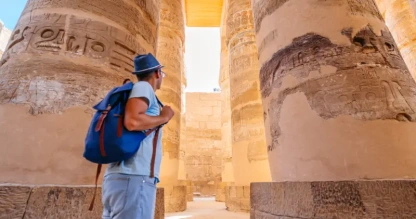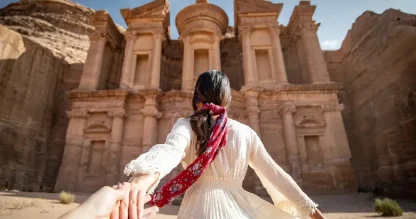
Giza Pyramids
Read all what you are carious for about the Giza Pyramids in Egypt. A comprehensive Guide about all facts and Information about Giza Pyramids, Read Now!
Historical Context of the Giza Pyramids
The Era of the Pharaohs
The Giza Pyramids were constructed during the Fourth Dynasty of the Old Kingdom of Egypt, around 2580 to 2560 BCE. This period marked a time of significant political stability and economic prosperity, allowing for ambitious architectural projects. The pharaohs of this era, particularly Khufu, Khafre, and Menkaure, sought to demonstrate their divine power and ensure their immortality through monumental tombs.
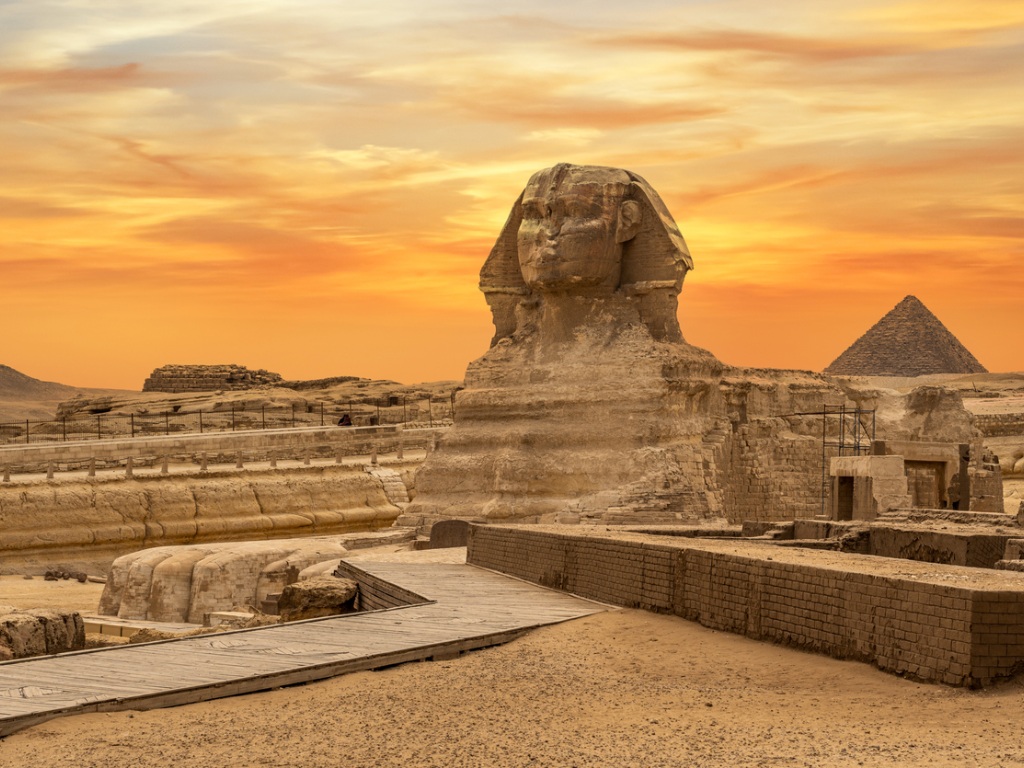
The Significance of the Pyramids
The pyramids served not only as tombs for the pharaohs but also as symbols of their divine status. The ancient Egyptians believed that the pharaohs were gods on earth, and their burial sites were designed to facilitate their journey to the afterlife. The Giza Pyramids, particularly the Great Pyramid of Khufu, were constructed with meticulous precision, reflecting the Egyptians' advanced understanding of mathematics and astronomy.
The Role of Religion
Religion played a crucial role in the construction of the Giza Pyramids. The ancient Egyptians believed in an afterlife where the deceased would be judged by Osiris, the god of the underworld. To ensure a successful transition to the afterlife, the pharaohs were buried with various goods, including food, jewelry, and other items deemed necessary for their journey. The pyramids were designed to protect these treasures and the pharaoh's body from grave robbers.
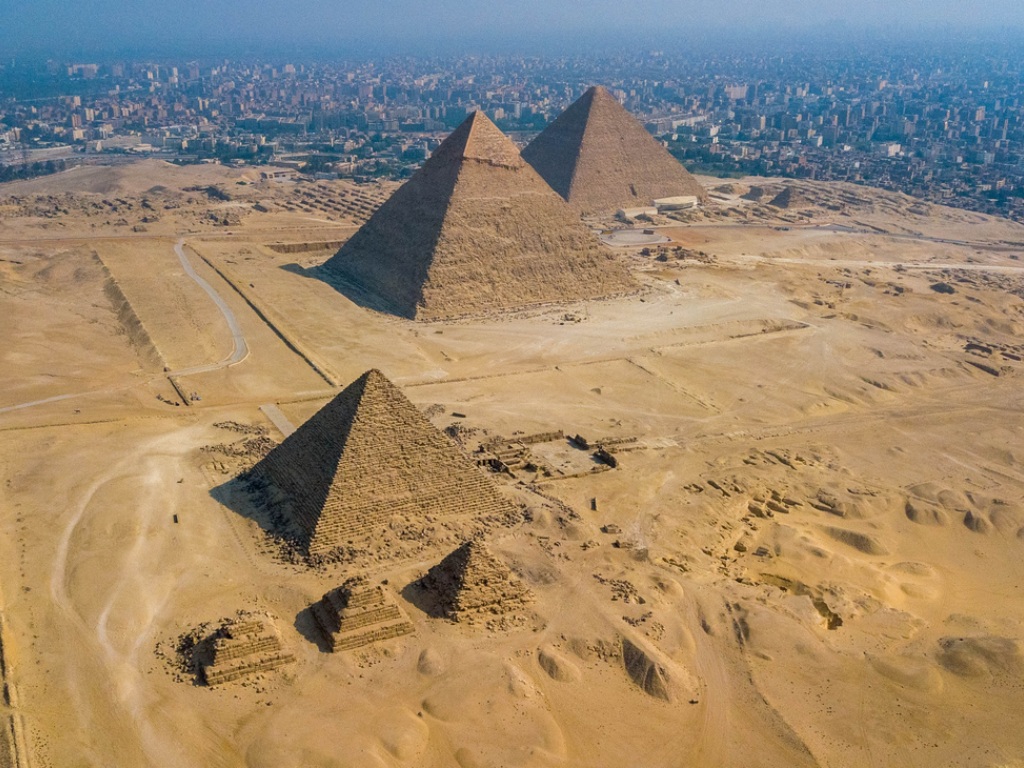
Architectural Marvels of the Giza Pyramids
Architectural Marvels of the Giza Pyramids
The Great Pyramid of Khufu
The Great Pyramid, also known as the Pyramid of Khufu or Cheops, is the largest of the three pyramids at Giza. Originally standing at 481 feet (147 meters), it was the tallest man-made structure in the world for over 3,800 years. The pyramid's base covers an area of approximately 13 acres and consists of an estimated 2.3 million blocks of stone, each weighing between 2.5 and 15 tons.
Construction Techniques
The construction of the Great Pyramid remains one of history's greatest mysteries. Scholars believe that a combination of skilled laborers, advanced tools, and innovative techniques were employed. Theories suggest that the Egyptians used a system of ramps to transport the massive stones into place, although the exact methods remain debated among historians.
Interior Layout
Inside the Great Pyramid, a complex network of chambers and passageways was designed to deter tomb robbers. The King's Chamber, located at the heart of the pyramid, is constructed entirely of granite and houses the pharaoh's sarcophagus. The Queen's Chamber, although named misleadingly, likely served a different purpose, possibly related to the pharaoh's burial rituals.

The Pyramid of Khafre
The Pyramid of Khafre, built for Khufu's son, stands slightly smaller than the Great Pyramid but appears taller due to its elevated location. Originally reaching a height of 143.5 meters (471 feet), it retains some of its original casing stones at the apex, giving it a distinctive appearance.
The Great Sphinx
Adjacent to Khafre's pyramid lies the Great Sphinx, a colossal limestone statue with the body of a lion and the head of a pharaoh, believed to represent Khafre himself. The Sphinx is one of the largest and oldest statues in the world, measuring 240 feet (73 meters) long and 66 feet (20 meters) high. Its enigmatic expression has sparked countless theories regarding its purpose and symbolism.
The Pyramid of Menkaure
The smallest of the three main pyramids, the Pyramid of Menkaure, stands at 218 feet (66 meters). Despite its size, it is notable for its intricate construction and the quality of its materials. The pyramid complex includes three smaller "queen" pyramids, which were likely built for Menkaure's wives.
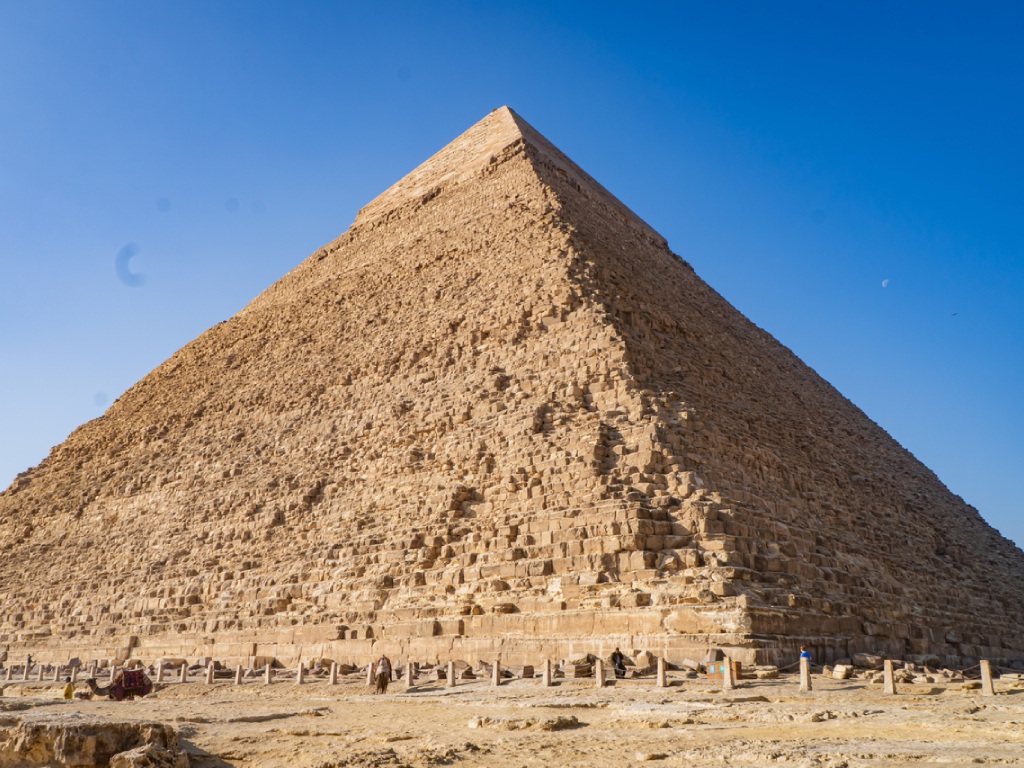
The Construction Workforce
The Construction Workforce
Labor and Organization
Contrary to the long-held belief that the pyramids were built by slaves, recent archaeological evidence suggests that a skilled workforce of laborers, craftsmen, and support staff constructed these monumental structures. Estimates indicate that around 20,000 to 30,000 workers were involved in the construction of the Giza Pyramids, working in shifts and living in nearby workers' villages.
Workers' Villages
Excavations have uncovered the remains of workers' villages near the pyramids, providing insight into the lives of those who built these incredible structures. These villages included bakeries, breweries, and communal living quarters, indicating that the laborers were well-fed and cared for during their work on the pyramids.

Cultural Significance of the Giza Pyramids
Cultural Significance of the Giza Pyramids
A Symbol of Ancient Egypt
The Giza Pyramids have become synonymous with ancient Egyptian civilization, representing the architectural and cultural achievements of this remarkable society. They have inspired countless generations and continue to be a source of fascination for historians, archaeologists, and tourists alike.
UNESCO World Heritage Site
In 1979, the Giza Pyramids were designated a UNESCO World Heritage Site, recognizing their cultural and historical significance. This designation has helped to preserve the site and promote awareness of its importance in the context of world history.
Modern Exploration and Tourism
Archaeological Discoveries
Ongoing archaeological research continues to uncover new insights into the Giza Pyramids and their surrounding structures. Recent discoveries, including the identification of workers' tombs and the exploration of hidden chambers, have shed light on the construction techniques and daily lives of those who built these monumental structures.
Tourism and Preservation
The Giza Pyramids attract millions of visitors each year, making them one of the most popular tourist destinations in the world. Efforts to preserve the site and manage tourism have become increasingly important, as the influx of visitors poses challenges to the preservation of these ancient structures.
Conclusion
The Giza Pyramids stand as a testament to the ingenuity and ambition of ancient Egyptian civilization. Their architectural grandeur, rich history, and cultural significance continue to captivate the world. As we explore the mysteries of the Giza Pyramids, we gain a deeper appreciation for the remarkable achievements of those who came before us, ensuring that their legacy endures for generations to come.
This article provides a comprehensive overview of the Giza Pyramids, emphasizing their historical context, architectural marvels, cultural significance, and modern exploration. By weaving together various aspects of this iconic site, readers are invited to embark on an educational journey through time, uncovering the mysteries and wonders of one of the world's most extraordinary archaeological treasures.


